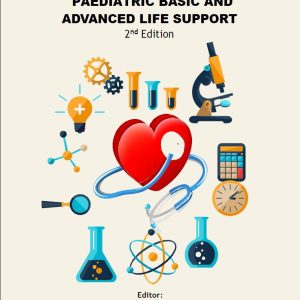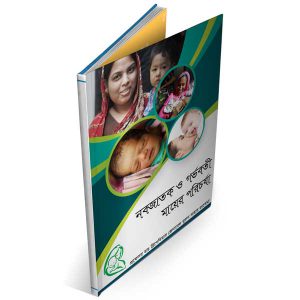Book
Showing all 5 results
-
Sale!

496 in stock
Basic Pediatric Cardiology 2nd Edition
Original price was: ৳ 1,200.00.৳ 1,080.00Current price is: ৳ 1,080.00. Add to cart -
Sale!

495 in stock
Guideline For The Management Of Congenital Heart Diease (In Children And Adult) And Pediatric Acquired Heart Disease
Original price was: ৳ 500.00.৳ 400.00Current price is: ৳ 400.00. Add to cart -

Manual of Basic and Advance Life Support 2nd Edition
৳ 325.00 Add to cart -

Maternal & Child Health
৳ 100.00 Add to cart -
Sale!

Structural and Congenital Cardiac intervention Research work in Bangladesh 3rd Edition
Original price was: ৳ 1,500.00.৳ 1,200.00Current price is: ৳ 1,200.00. Add to cart
